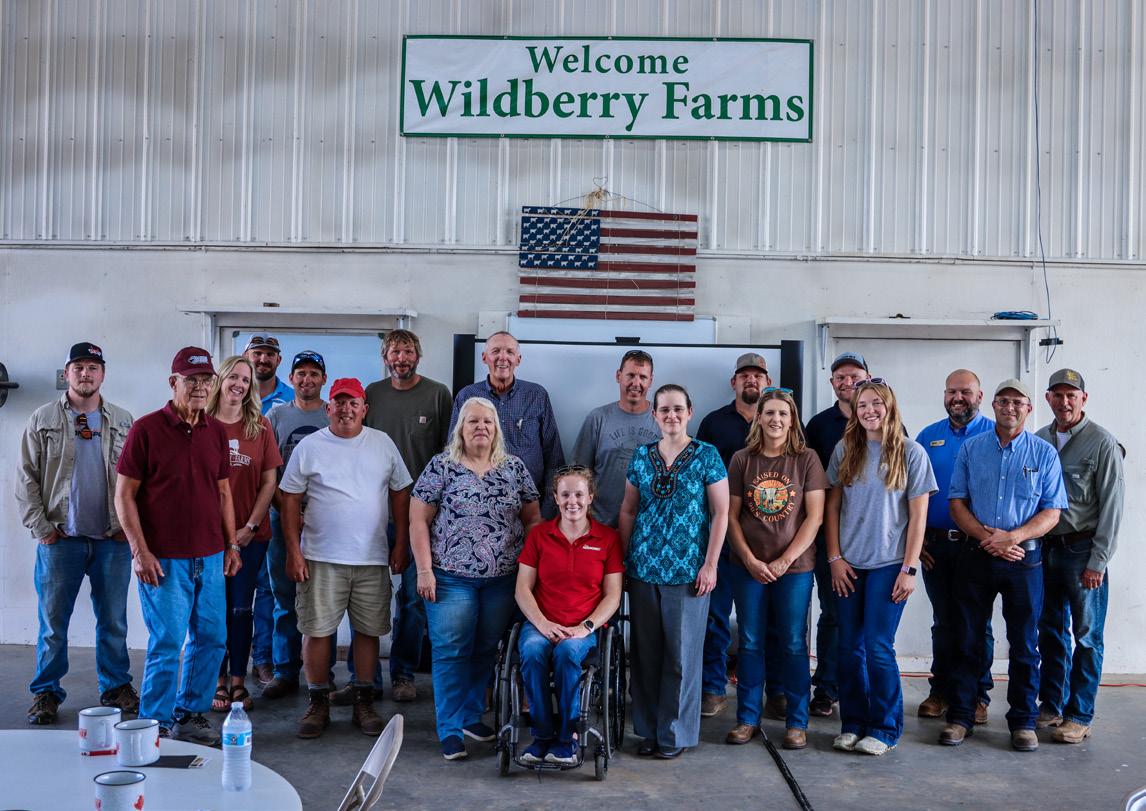
5 minute read
Northern Illinois Cattlemen Connect Education Series Meeting
Northern Illinois Cattlemen join forage and calving experts for a day of education and fellowship.
A fourth Cattlemen Connect Education Series for the 2024 fiscal year was hosted on September 14 at Wildberry Farms in Hanover. Jim and Anna Berry, and their Cattle Manager Ben Lehman, were kind enough to host a group of dedicated Northern Illinois cattlemen in their barn/sale facility.
Registration began at 10:00 a.m. and followed with an introduction from Programs and Services Manager, Annie Schoetmer, and an IBA program and policy overview from EVP, Josh St. Peters.
The day took a delicious turn from there as attendees enjoyed a delicious ribeye sandwich lunch prepared by Jo Daviess County Beef Association members.
The first education session started at 12:30 with Iowa State Extension and Outreach Forage Specialist and Iowa State Assistant Professor, Shelby Gruss, giving producers a look into the world of forages.
Gruss detailed the benefits of hay versus grazing, noting cattle tend to choose higher quality plants when grazing. Typically, she says, the nutrition of grazing cattle will include 8% crude protein, and 15% crude protein if eating hay. Cost variations include $120/ton of hay versus $150/acre of pasture, which figures out to $3.10/cow per day on hay and $1.25/cow when grazing. She encouraged producers to remember the three “slumps” - fall-winter, winter spring, and summer.
There are a few ways Gruss asks producers to consider if they are going to fill the “slumps.” The first is growth-habit stockpiling, or using growth during the fall to delay grazing, thus extending further into the fall and potentially, winter. This process is also known as deferred grazing. In trials at the University of Nebraska-Lincoln, they showed that tall fescue has the best response to N, while early and late orchard grass have a fairly good response as well. This shows the benefits of using these particular grasses in growth-habit stockpiling.
Another form of grazing Gruss champions is swath grazing, or a producer trying their best to increase the amount of grazing possible for them in the winter, essentially mowing prior to feeding in mid-December and combining swath with rake. The only downside is there is limited information on what summer annual is best, and producers should consider the time needed for summer annuals to regrow - just remember to mow prior to a predicted snow.
Thirdly, cover cropping is a process used by many Illinois farmers, and one Gruss highly recommends, a process of double cropping, using both summer and winter annuals. This will produce forages during the summer and early spring “slumps.” Just remember, it is important not to plant until the soul is over 65 degrees and to be careful not to use too much N.
Last but not least, Gruss recommends corn stover, or using your stover as feed. Gruss says this can support one cow on one acre for roughly 30 to 60 days. Cattle will typically eat leftover grain, then the leaves, then the husks, and might finish off with stocks and sheaths - digestibility will go down as the quality of what they are grazing goes down. Hintthey eat the highest quality first, so watch as the available forage decreases. Overall, this process has the potential to extend the grazing period 60-90 days, depending on available farmland and number of cows.
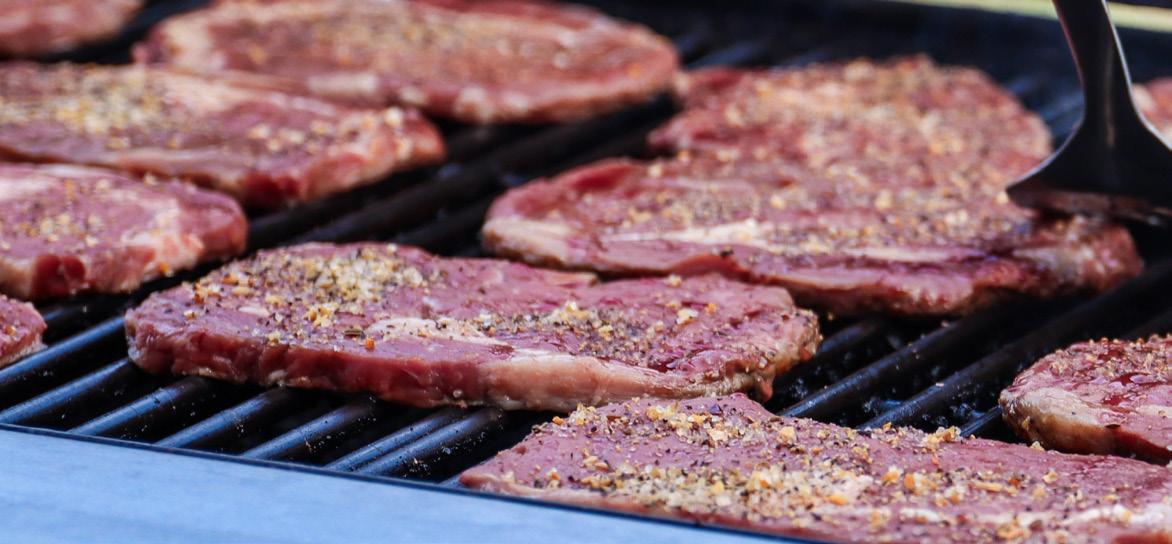
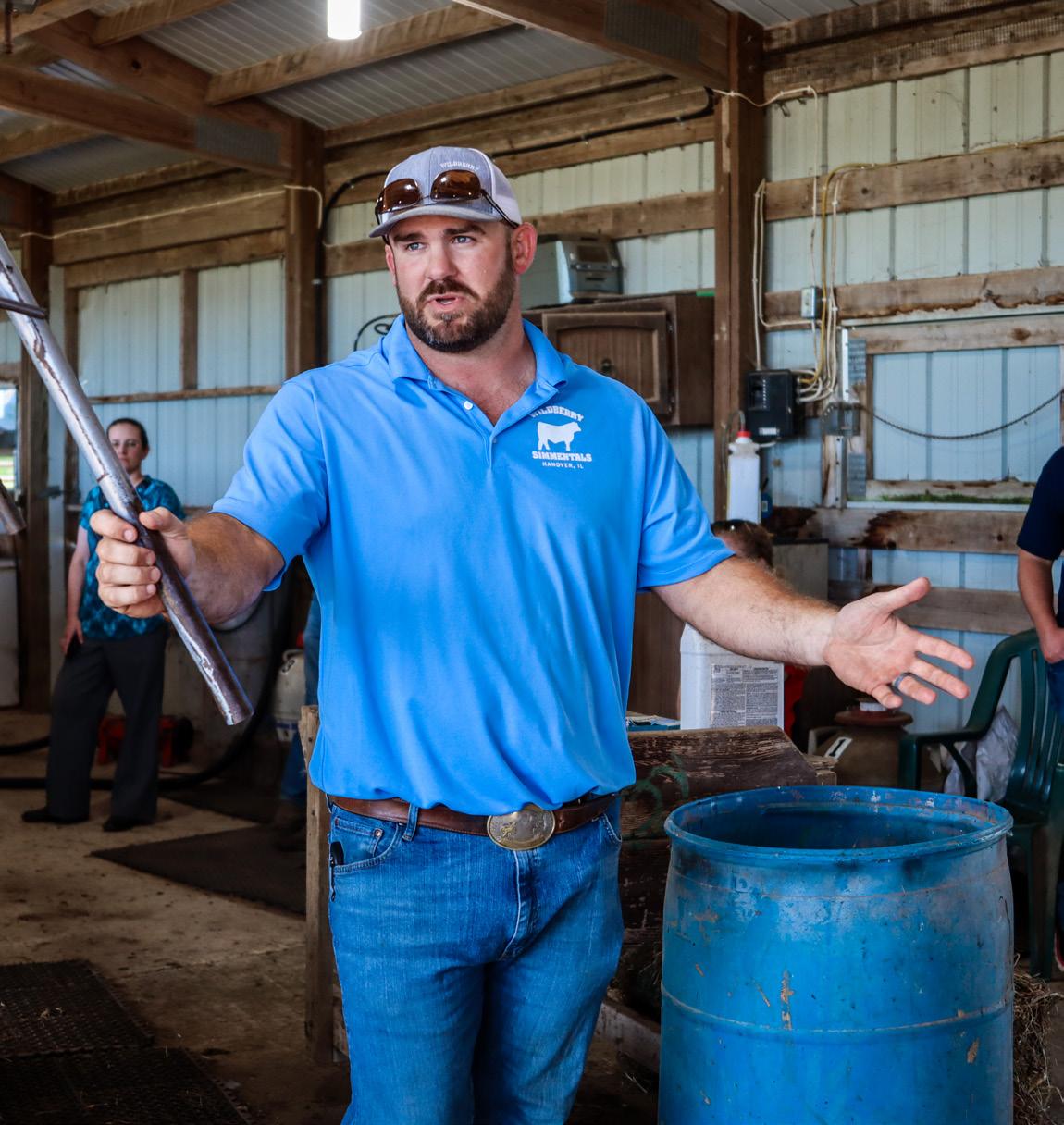
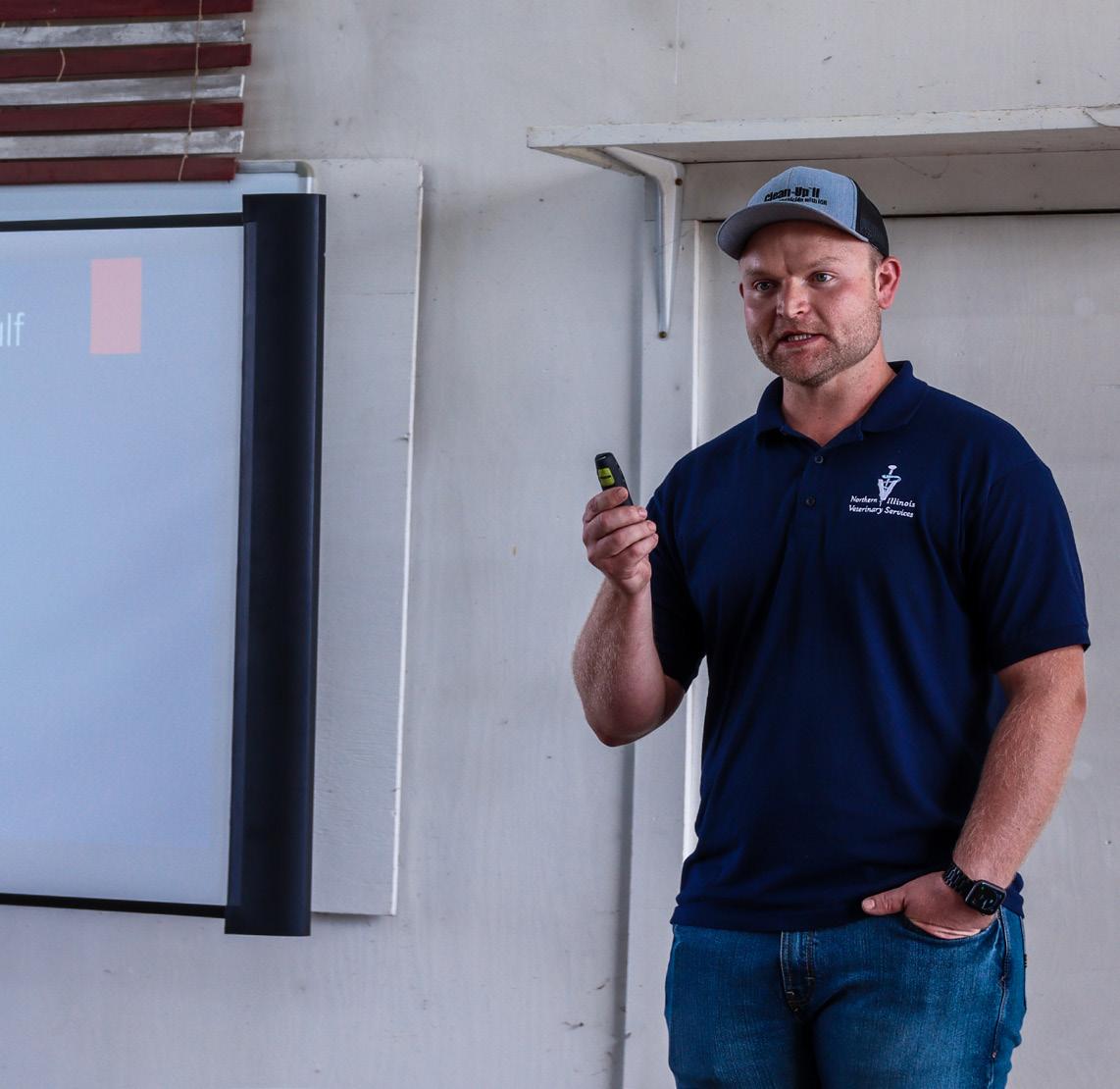
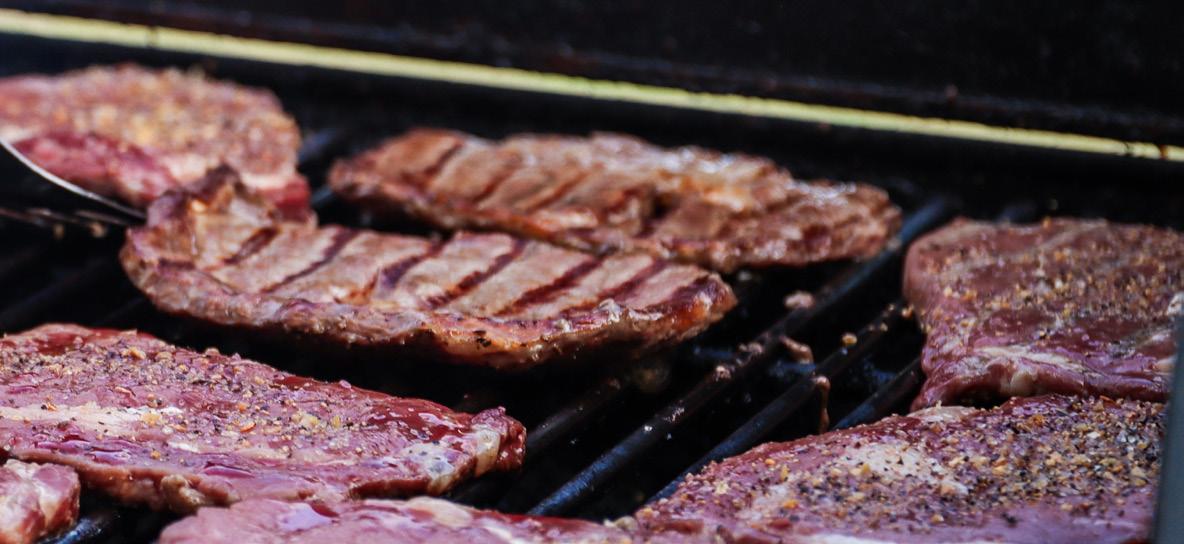
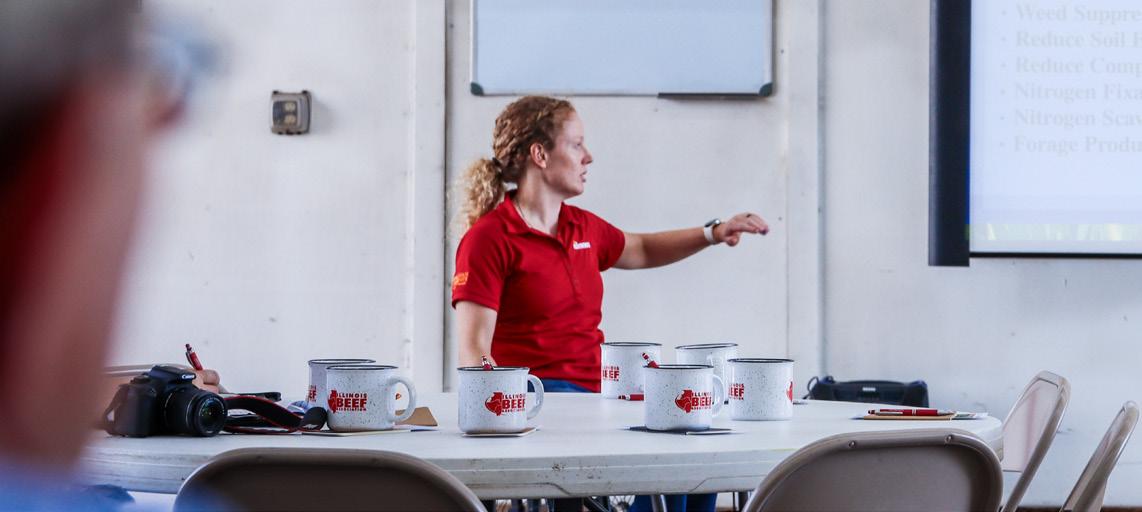
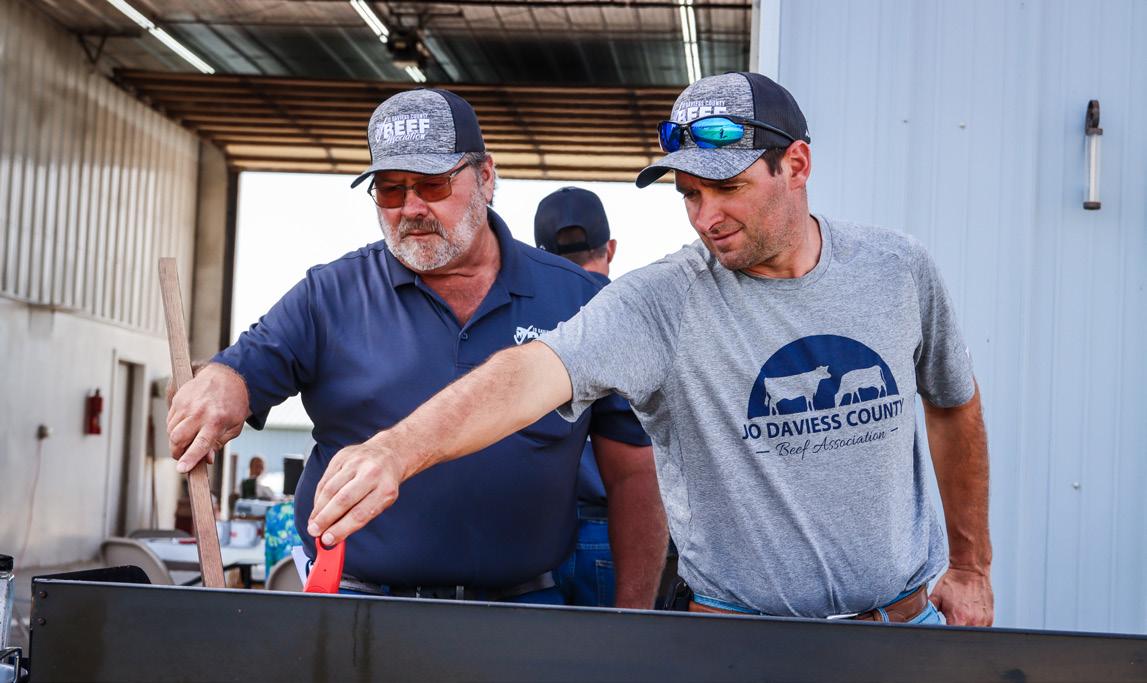
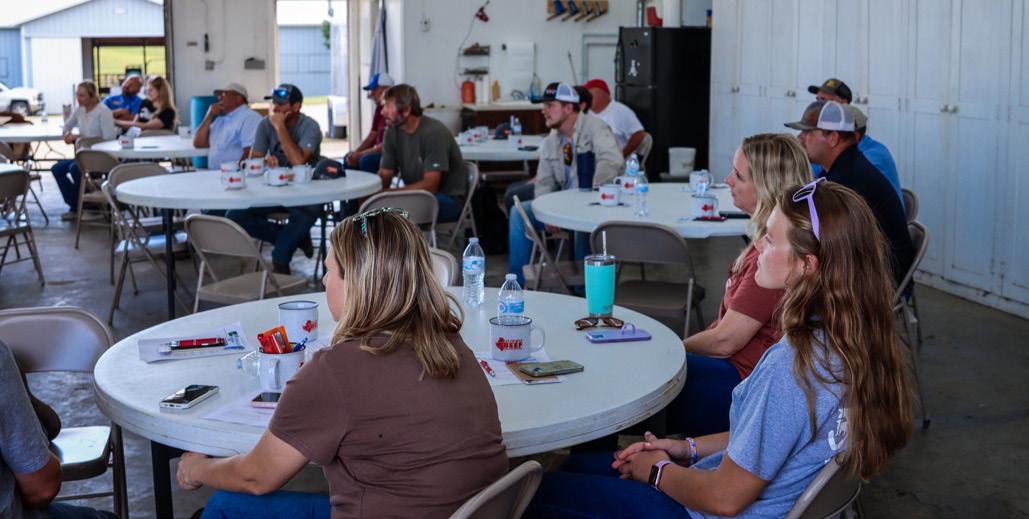
A short break was taken where the first door prize of “ranchers kit” was given away, then Gruss began the second half of her presentation, focusing on cover crops in row crops.
She began by listing the benefits; additional forage of 2.04-2.85 ADG, an extended grazing season, cost benefits and manure distribution of the crop field were among those listed. However, she also listed the concerns of soil compaction, water infiltration and biomass. Gruss detailed how to select the right plants and best practices for implementation.
Next, it was time for a tour of Wildberry farms, which began with Lehman giving a history of the farm and the Berry family, as well as, a tour of the calving and processing facilities, as Wildberry is a Seedstock operation. Producer attendees were able to ask Lehman and Berry about their processes and lessons they have learned over the years.
One lesson Lehman emphasized during his presentation was the need for competitiveness, which is why they have focused on producing for their partners as of late. “Our customers have 49 cows and a town job,” Lehman says, so making docility and calving ease important, all while focusing on a high standard of fertility and longevity all producers need in their herds, is at the forefront of their everyday production. A second lesson Lehman emphasized had to do with calving. “Space is cattle’s best friend,” he says, emphasizing his belief calves should not spend more than 24 hours in the barn once born. He says it helps mitigate sickness.
That tip lead well into the next presenter’s presentation. Preston Cernek, DVM, with Northern Illinois Veterinary Services, gave a presentation titled Fall Calving 101. Hopefully you were able to read Cernek’s column earlier in this issue where he gave a more detailed write-up of his best practices presentation.
Cernek gave an outline of the possible advantages and disadvantages to calving in the fall, and detailed the role the cow, calf, and even the bull play in fall calving. He shared the performance needs for each animal and how to maximize the production of each. The presentation ended with a more in-depth look into newborn calf care and weaning process options.
The successful and informative day ended with a Prime rib dinner from Poor Man’s Cafe & Catering.






